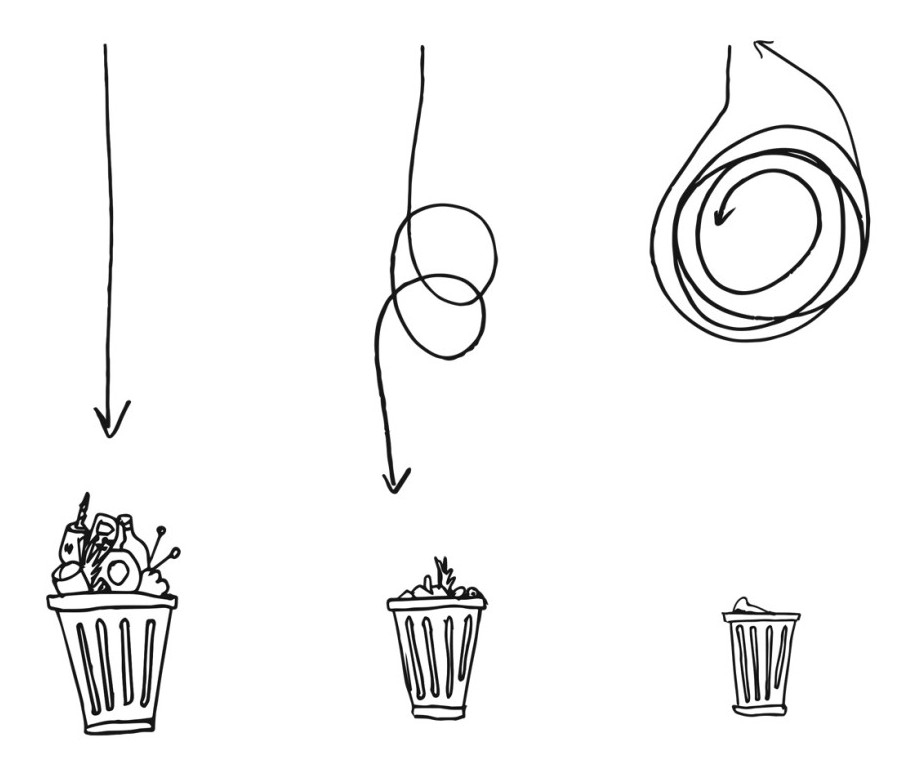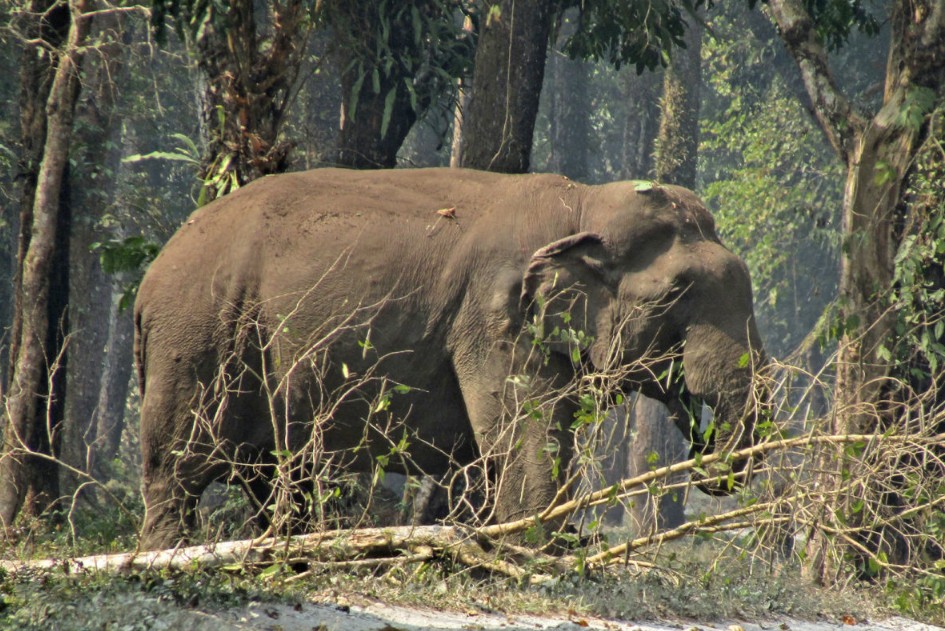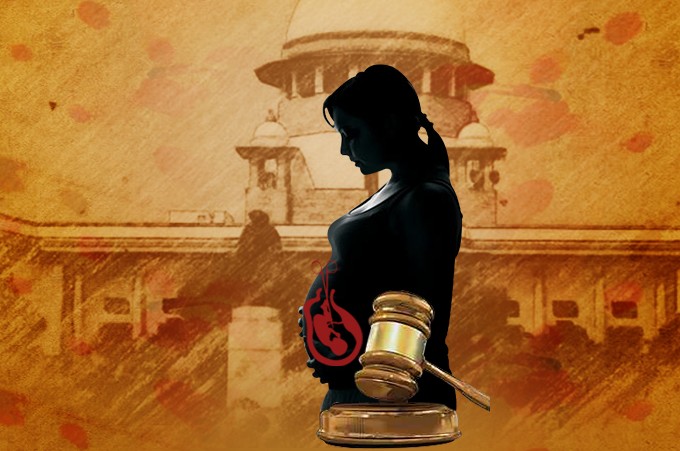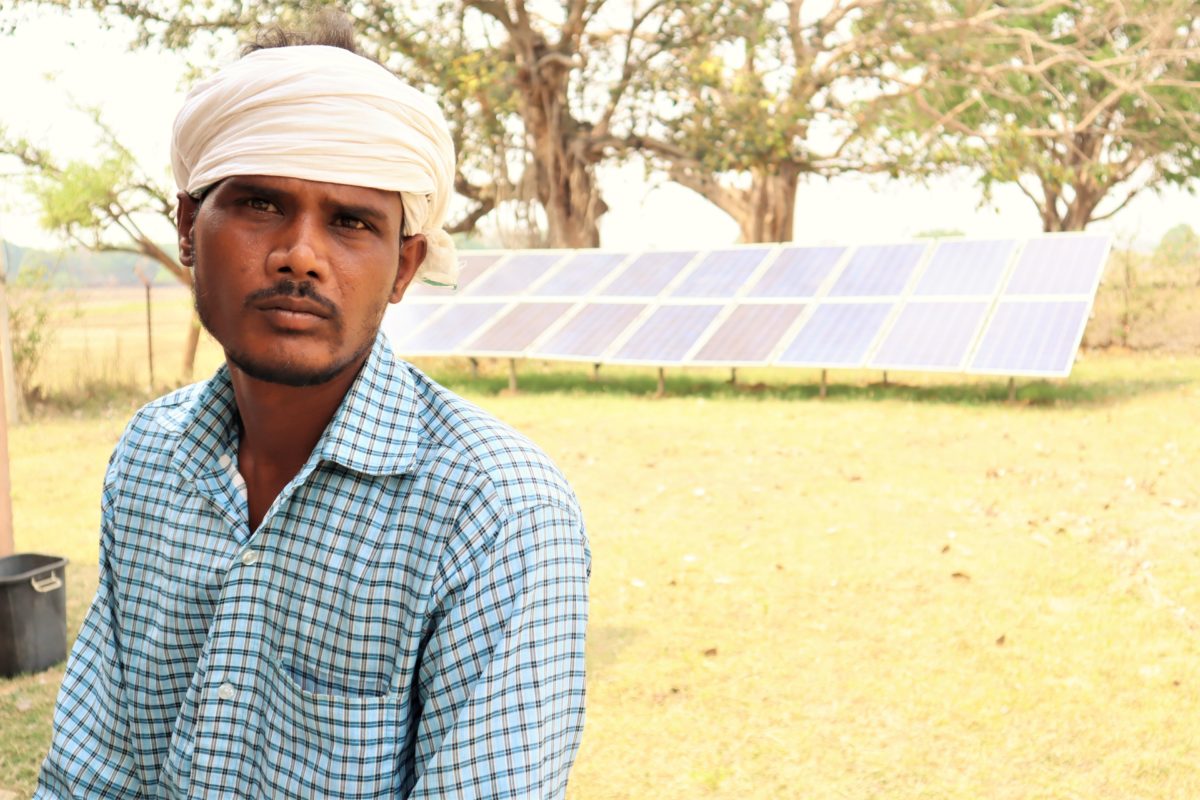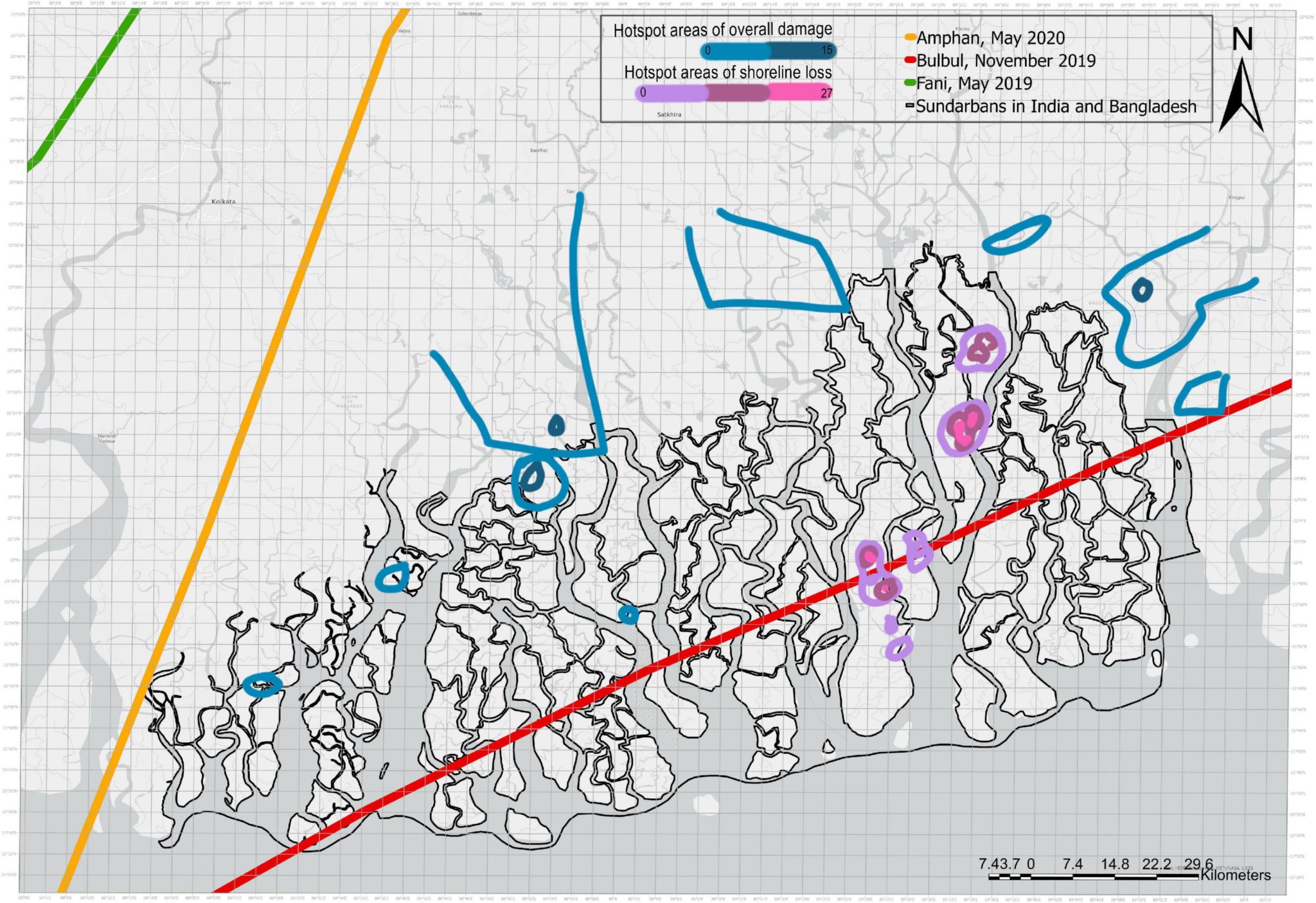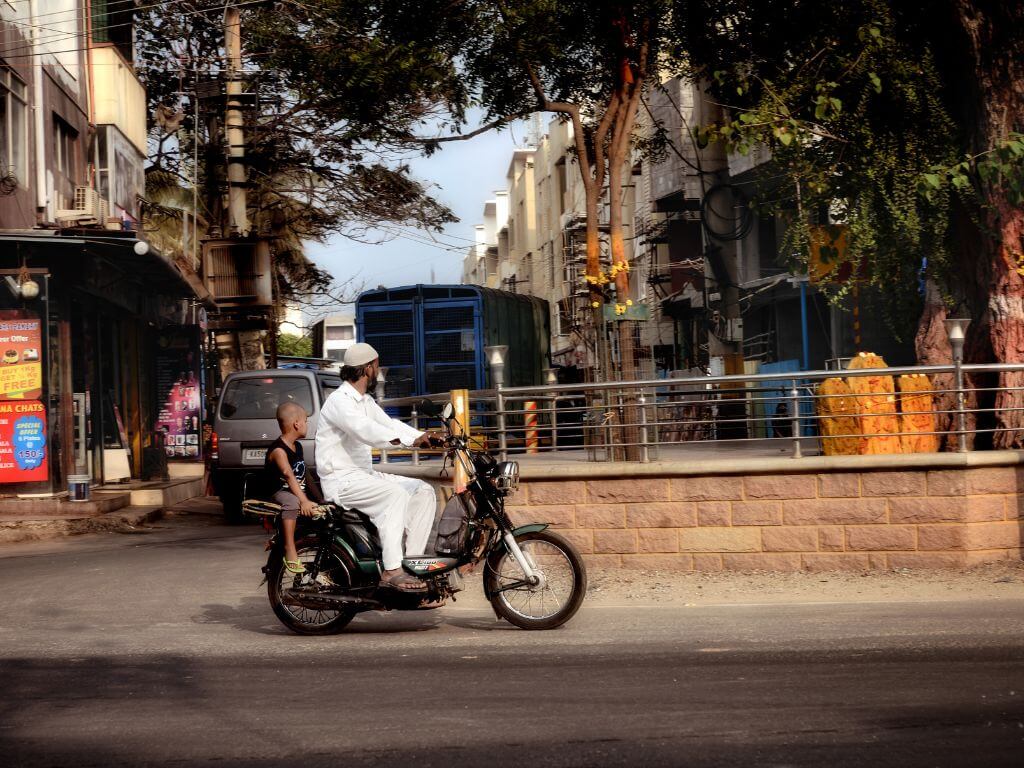EDUCATION
/ LENS ON EDUCATION
Autonomy comes closer, but debates persist
For decades, there have been concerns that India's universities were being bogged
down by the number of institutes they had to manage. Recently, the University Grants Commission
accepted in principle that autonomy must be green-lighted. But debates on the freedom of
institutions remain inconclusive, reports
Deepa A.
24 April 2006 -
When the first three universities of pre-Independence India started functioning
in 1857, all the 27 colleges running at that time were brought under their
ambit. From that modest beginning a century-and-a-half ago when the Madras,
Calcutta and Bombay universities were set up the number of colleges has seen
an exponential increase. Today, there are 343 university-level institutions,
managing no less than 16,885 affiliated colleges.
An educationist is not needed to figure out that the proportion of universities
to colleges appears to be more than a little skewed. Indeed, it is this discrepancy
that has been at the heart
of a call for granting autonomy to colleges, an idea that was mooted nearly 40
years ago. Many discussions and debates later, the University Grants Commission
the apex body regulating higher education in the country recently accepted
in principle a report submitted by the Central Advisory Board on Education
(CABE) in June 2005, recommending granting of autonomy to institutions, on
the ground that it is a "pre-requisite for enabling them to achieve their goals and objectives."
Though autonomy seems to be closer at hand now than before, the debate
on the level of freedom that institutions can enjoy is nowhere near its
conclusion. Worries that institutions may follow arbitrary employment policies
and charge high fees from students, thereby putting higher education out of
reach of the poor, persist. As Furqan Qamar, professor and director at the
Centre for Management Studies at Jamia Millia Islamia, New Delhi, who organised
a seminar on the subject last month, points out: "Everyone agrees that autonomy
is a must. But this freedom cannot be without responsibility, there has to be
accountability too."
Then and now
The report of the CABE committee (www.education.nic.in/cabe/AutonomyHEI.pdf), headed by West Bengal
Education Minister Kanti Biswas, recommends that institutes should be given
autonomy for designing curriculum.
Some of the other suggestions include:
•
Granting autonomy to universities and colleges to start self-financing courses.
•
An Internal Quality Assurance Cell to be set up in institutes to assess their
performance.
•
All institutions to adopt "certain disclosure standards with a view to
containing malpractice in relation to fees." Also, the government could set the
ceiling on fees.
•
Higher education institutes should be given autonomy to establish links for
"academic and research collaboration with their counterpart academic and
research institutions, industry and professional organisations both in India and
abroad."
•
Code of professional ethics to be developed for teachers and "mechanism evolved
for ensuring its observance."
The need for autonomy came to the fore because of concerns that affiliating
universities were being bogged down by the number of institutes they had to
manage. This, in turn, meant that even small administrative matters, for which
the university's approval was needed, took a considerable amount of time. Apart
from cutting red tape, autonomy is seen as essential to meeting the requirements
necessitated by the General Agreement on Trade and Services (GATS), under which
foreign universities will be able to set up shop in India.
Of course, GATS was nowhere in the picture when the Kothari Commission report
first recommended autonomy in 1966, stating, "
when there is an outstanding
college or a small cluster of very good colleges within a large university,
consideration should be given to granting them an autonomous status." The
National Policy on Education (NPE), 1986, suggested that autonomous colleges and
university departments should be developed within universities. Tamilnadu was
one of the first states to have autonomous colleges. While the NPE-1986
suggested that 500 colleges should be developed as autonomous by the end of the
Seventh Plan period in 1990, that figure hasn't become a reality even now.
According to the CABE report, there are now "204 autonomous colleges, spanning
11 states and 43 universities."
It's worthwhile examining India's experience with autonomy before looking at the
current debates on the subject. In a paper titled "Autonomy in higher education closer
in India: Old wine fails to attract
", presented at a seminar in 2004, Jandhyala
B G Tilak of the National Institute of Education Planning and Administration
(NIEPA), New Delhi, notes that the growth in the number of autonomous colleges
has been slow. He points to the geographical concentration of autonomous
colleges, mainly in Tamilnadu, Andhra Pradesh, Madhya Pradesh and Orissa; to
the worrying fact that more private colleges have opted for autonomy than
government colleges; and that "most of the colleges that have become autonomous
are located in urban areas."
Tilak attributes the lukewarm response to the fact
that "there were several apprehensions about the scheme,
lack of clarity on the
objectives and intentions of the government, and its likely impact on the
development of higher education. The most important apprehension was that this
was a step in the direction towards privatisation of higher education, and
towards the reduction of the role of the state in higher education development."
None of these fears have been mitigated over the years, though it's widely
accepted that autonomy if used judiciously can improve quality.
"In real terms, autonomy has been used to introduce programmes but not mechanisms by which the standard and quality of the programmes can be improved."

Sudhanshu Bhushan, senior fellow and in-charge of the higher education unit at
NIEPA, says that autonomy hasn't been used to design inter-disciplinary
programmes or credit-based semester systems. "In real terms, autonomy has been
used to introduce programmes but not mechanisms by which the standard and
quality of the programmes can be improved," he adds.
Benefits of autonomy
Former director of the Indian Institute of Technology (IIT), Chennai, P V
Indiresan, also member of the CABE committee on autonomy, emphasises that
academic freedom is essential to educational institutions. "Institutes should be
able to decide what to teach, and who will teach the subjects," he says.
Besides, there should be no interference in the day-to-day affairs of an
institute and no "political interference", especially in matters of
appointments, adds Indiresan.
Qamar says that bureaucratic delays unnecessarily stop institutes from doing
away with old courses or starting new programmes, a problem that autonomy takes
care of. Sharit Bhowmik, faculty member at University of Mumbai's sociology
department, points out that as "higher education is going down the drain, there
has to be some way to improve quality." Autonomy is seen as one of the ways to
achieve this. Bhowmik says that the Mumbai University has asked some of its
departments to become autonomous so as to promote a better and faster
decision-making process.
Sujata Patel, faculty member at University of Pune's sociology department,
feels, "Autonomy is essential to provoke people outside the community to
participate in university matters." Her department, for instance, runs a course
on sociology in Indian society, which has found takers among foreigners and
software professionals interested in learning more about the country's culture.
"Without autonomy, it would not have been possible to start such certificate or
diploma courses," she points out.
A barrier too high
Notwithstanding its advantages, the concept of autonomy can be much abused as
well, especially in terms of charging fees from students, fear teachers. Apart
from setting a ceiling on fees, the CABE report recommends that all institutes
should provide free-ships and scholarships to "meritorious and deserving
students from the lower socio-economic strata of the society." However, this is
still a gray area, claim many academics.
V K Tewari, general secretary of the All India Federation of University and
College Teachers' Organisations (AIFUCTO) and faculty member at DAV College,
Jalandhar, says that the self-financing courses that UGC allowed colleges to set
up wherein the fees are fixed by each institute can be afforded by only
those in the higher-income groups. "As it is, in the 17-23 age group, only about
7-8% take up higher education," he adds. He says this figure is based on the
annual reports released by UGC.
Tewari also points to recommendations made by another CABE committee on
Financing of Higher and Technical Education (report submitted in June 2005),
headed by Planning Commission member Bhalchandra Mungekar. This report
categorically states, "The state should make a firm commitment to finance higher
education." It also says that while earlier committees have recommended raising
20 percent of resources through fees and other sources, this should be
considered as the "desirable upper level". "Revenue generation through student
fees beyond 20 percent may seriously affect access to higher education," says
the Mungekar report.
"Autonomy and a possible increase in fees as a result would especially harm students in
rural areas, and in particular the girl child."

Tapati Mukhopadhyay, vice-president of AIFUCTO and general secretary of Mumbai
University College Teachers' Union, points out that the move towards autonomy
and a possible increase in fees as a result would especially harm students in
rural areas, and in particular the girl child. Bhowmik adds that while it is
wrong to assume that all education should be subsidised, ways have to be found
so as to not exclude the poor.
The machinery in existence today, such as the fee determination
committees headed by retired judges, haven't been very effective, says Qamar.
"We need to evolve a mechanism that works," he adds.
Qamar also explains why it's not possible to leave higher education to market
forces. "Education is a different kind of investment," he says. "There is a
certain irreversibility in terms of time if students are lured by false
promises, then if after four-five years, even if they get the money back for a
worthless degree, the time cannot be replaced."
Indiresan feels that there has to be different criteria for working out the fees
charged from students. "For instance, abroad, in institutions such as Harvard,
the fee charged is one-third the cost of the student's education. Two-thirds of
the amount comes from endowments or various other kinds of work. They also vary
fees internally so that no competent student is kept out this is what we
need," he says.
It certainly is a far cry from the situation in many of the colleges in India
today, where, as Mukhopadhyay points out, the fees charged remain high even if
there is no infrastructure. She says, "The IITs have done well because they were
given funding, good faculty and infrastructure." Those three factors are not to
be seen in many of the self-financing courses started in engineering courses in
Maharashtra, where the fees are nevertheless high, she adds.
Pure economics
"The sociology department, therefore, has to teach Human Resources Development,
though that's a management course."
The emphasis on starting job-oriented courses, on "making higher education
relevant for the world of work," as the CABE report puts it, has made some
academics uneasy. "The tendency is that autonomy is mostly sought by engineering
or management colleges," says Patel. In a paper titled 'Higher Education at the
Crossroads', published in the
in May 2004, she
writes that most self-financing universities and colleges encourage engineering,
medicine and management education. "Why? Is liberal education based on
humanities and social sciences not to be taught or is it because it has no
commercial value? Should commercial viability be the criteria for the promotion
of higher education?
Will this not create a new stratification within
universities where already social sciences and humanities are relegated to the
background?" she asks in her paper.
If foundational courses in sciences were not to be taught, students wouldn't be
able to learn applied sciences, says Patel. "We are being asked to teach
industry-oriented courses. The sociology department, therefore, has to teach
Human Resources Development, though that's a management course," she rues.
In autonomous institutes, there's a lot of uncertainty in the academic
environment, says Tewari, as teachers are often appointed on a per hour basis
and hired and fired at will. Mukhopadhyay adds that the union has received a
number of complaints from teachers about the autocratic manner in which
autonomous institutes function. The CABE report seems to acknowledge the
teachers' fears when it says, "Appointment of teachers on a contract basis with
a paltry amount may be disbanded."
Qamar points out that teachers are the largest stakeholders in higher education,
as they are the ones who continue in the system for the longest period. However,
the quality of teaching has declined by and large, and the situation would
vastly improve if institutions could appoint teachers on their own, he says. "So
many posts remain vacant in universities only because the university selection
committees don't meet often," he adds.
The teachers' union movement has become weak, and the teaching community as a
whole was being perceived as fighting only for their demands, says Qamar.
"Teachers should follow a code of conduct and be more aware of social
development issues. They should look beyond salaries and fight for a larger
cause," he adds.
Bhushan says that autonomous institutes should have annual reports wherein
teachers include an evaluation of their own work. "Against each faculty member,
their activities should be noted down, such as research papers done and
innovations in teaching-learning process," he adds. This would also help the
society at large in assessing a teacher's capabilities.
One possible fallout of autonomy could be that each institution would
have its own examination schedule and admission calendar, leading to
the clashing of exam or interview dates. To avoid this, the CABE
report recommends that at least in the universities within a state,
the academic calendar should be synchronised to avoid inconveniencing
students. Besides, to evolve a more competent evaluation system,
higher education institutes could use a system giving weightage to a
combination of factors such as academic performance in class X and
XII, extra-curricular activities, interviews, scores in entrance test
and qualifying examinations, the report says.
On the process of admission itself, the report says that "bigger
systems" such as centralised admissions in general colleges could pose
problems due to the differences in regional requirements. "Hence,
admissions in general courses may be directly done by the institutes
themselves. However, professional institutions may admit students
either by conducting their own examinations or through the
state/regional/national level entrance examination," recommends the
report. Even so, the already centralised admission process for many
professional courses such as engineering and medicine now leave much
to be desired, says Qamar.
The CABE report also recommends setting up a National Testing Service
(NTS) on the lines of the Educational Testing Service in the US. The
report recommends that the Ministry of Human Resource Development
should initiate steps towards setting up this testing service for
framing "national norms" to determine the performance of students,
which could be used for comparing standards across universities in the
country." It further states that the NTS can also rank students for
purposes of admissions to various courses in higher education
institutes, on the lines of Scholastic Aptitude Test (SAT), Graduate
Records Examination (GRE) and Graduate Management Aptitude Test
(GMAT).
"Universities shouldn't be free to do what they feel like doing but what they are expected to do."






